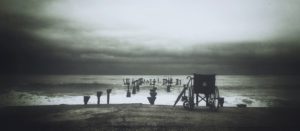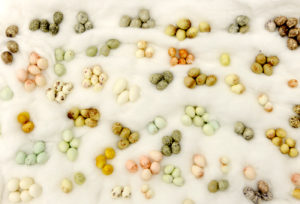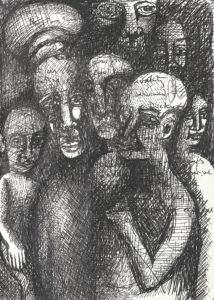
There are some key themes emerging from the eight project strands of D4D as the program of work develops. What follows is Colin Hambrook’s summary…
Here you will find the latest project blogs with writing, artwork, photos and videos from the D4D team and community.

There are some key themes emerging from the eight project strands of D4D as the program of work develops. What follows is Colin Hambrook’s summary…

Paul Leyland gives a short introduction to a planned project working with stroke survivors following his own stroke 2 years ago.

Colin Hambrook and Trish Wheatley explore ideas about the history of Disability Arts and how it is understood by different factions of our community.

Nuffield Council on Bioethics logo On a hot Monday in July, I grab my notepad and Dictaphone and head off to London to attend a…

On the 4thof July Jacqui Lovell attended the Centre for Culture and Disability Studies (CCDS) at Liverpool Hope University in order to take part in…

Esther Fox “The desire to possess something rare can sometimes have terrible consequences for the thing collected” This sentence from the literature for the Natural Selection exhibition…
D4D Network Conference, at Bath Spa University, for all Community and University partners to outline early ambitions and aims of the D4D project.

By Esther Fox. Natural Selection at Towner Gallery, by artist Andy Holden and his father Peter, a well-known bird expert, looks at perhaps two unlikely themes for a contemporary art exhibition – nest building and egg collection…

By Stephanie Harvey I’m sitting on the train back from Sheffield with (I won’t lie) a can of G&T, packet of crisps and a man…

As part of ‘Electric Bodies’ we ran a series of three workshops discussing attitudes to disability arts and the disability arts community among disabled artists from a variety of backgrounds. The second session was held with a group of people who were, on the whole, less established as disabled artists within the disability arts sector than the participants in the first workshop.